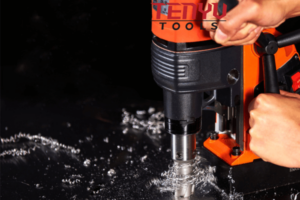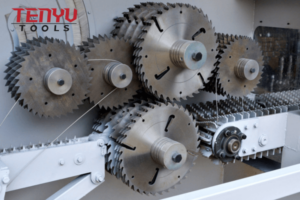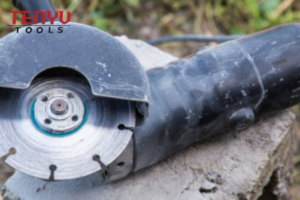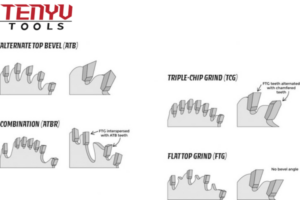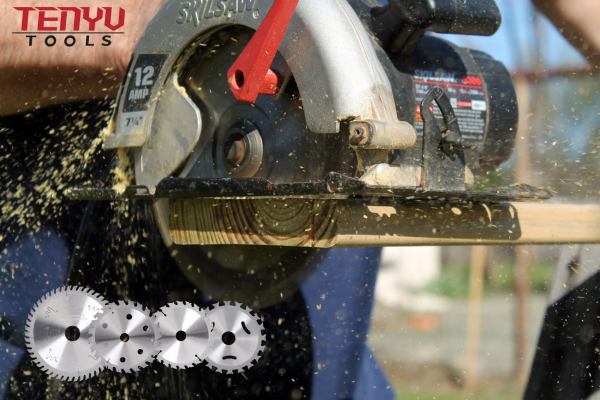Difference Between Metal and Wood Saw Blade?
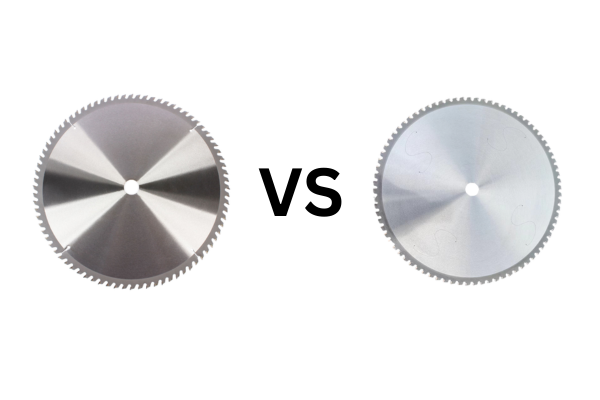
When you’re cutting through materials like metal and wood, the type of saw blade you use can make all the difference. Using the wrong one can lead to poor cuts, dull blades, or even safety hazards. But what’s the real difference between a metal saw blade and a wood saw blade?
The main difference between metal and wood saw blades is the design and material used. Metal blades are made with tougher materials to handle hard surfaces, while wood blades are designed for precision cutting through softer, fibrous materials.
Understanding the different saw blades for each task is essential for achieving the best results. In this article, we’ll dive deep into various saw blades for metal and wood, and help you pick the right one for your projects.
Types Of Saw Blades for Metal?
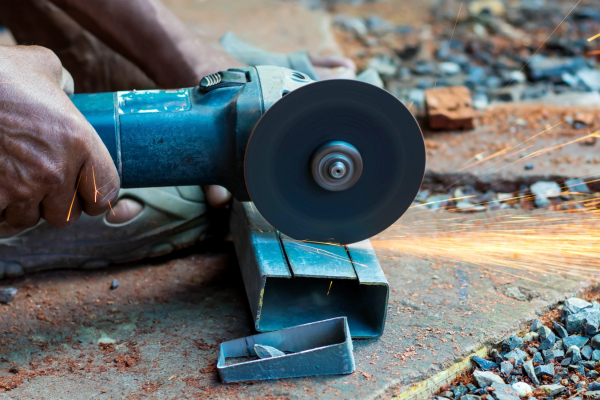
Cutting metal can be challenging. Metal requires more specialized equipment and the right tools for a clean, safe, and efficient cut. Different saw blades are designed for various types of metal and cutting needs.
For cutting metal, specialized saw blades are crucial. These blades are made from harder materials, like carbide1, to withstand the toughness of metals.
The types of saw blades for metal include:
1. Bi-Metal Saw Blades
Bi-metal saw blades have a unique construction combining high-speed steel teeth and a spring steel backing. This design makes them durable, flexible, and perfect for cutting various metals. They’re commonly used for cutting pipes, metal sheets, and other metal objects.
2. Carbide-Tipped Saw Blades
Carbide-tipped blades are designed for tougher materials. With carbide teeth, they offer long-lasting durability, even when cutting through hard metals like stainless steel or aluminum. These blades are known for their high performance and sharpness.
3. Abrasive Blades
Abrasive blades are made from a mixture of abrasive materials, such as aluminum oxide. These blades work by grinding the metal rather than cutting it. They’re great for cutting hard-to-reach spots and tough metals, but they can create more sparks and generate heat.
4. HSS Blades (High-Speed Steel)
High-speed steel blades are designed to cut through metals quickly and efficiently. They are ideal for cutting ferrous metals like steel and cast iron. HSS blades offer a balance of strength and durability.
Understanding these different types of metal blades will ensure that you’re using the right tool for the job. Whether you’re working with pipes, sheets, or thick metal, each blade type is tailored for specific tasks.
Can you Use a Metal Blade to Cut Wood?

When you’re working with both wood and metal, it can be tempting to use the same saw blade for both tasks. However, this might not be the best idea.
You can use a metal blade to cut wood, but it is not ideal. Metal blades are designed for strength and durability, whereas wood blades are designed for smoother, more precise cuts.
While you technically can use a metal blade on wood, it will often lead to:
1. Rough Cuts
Metal blades tend to create rougher cuts on wood. The teeth are designed to handle the hardness of metal2, so they may not provide the precision needed for wood. This can leave splinters, uneven edges, and frayed surfaces.
2. Increased Wear on the Blade
Using a metal blade on wood can cause unnecessary wear and tear. Metal blades aren’t optimized for wood fibers, so they can dull faster when cutting softer materials.
3. Potential Safety Issues
Metal blades, when used improperly on wood, can cause safety concerns. They may get caught in the wood, leading to kickback or other accidents.
In summary, while it’s possible to use a metal blade on wood, it’s best to stick to using a blade designed for wood to ensure cleaner cuts and better blade longevity.
Circular Saw Blade Buying Guide?
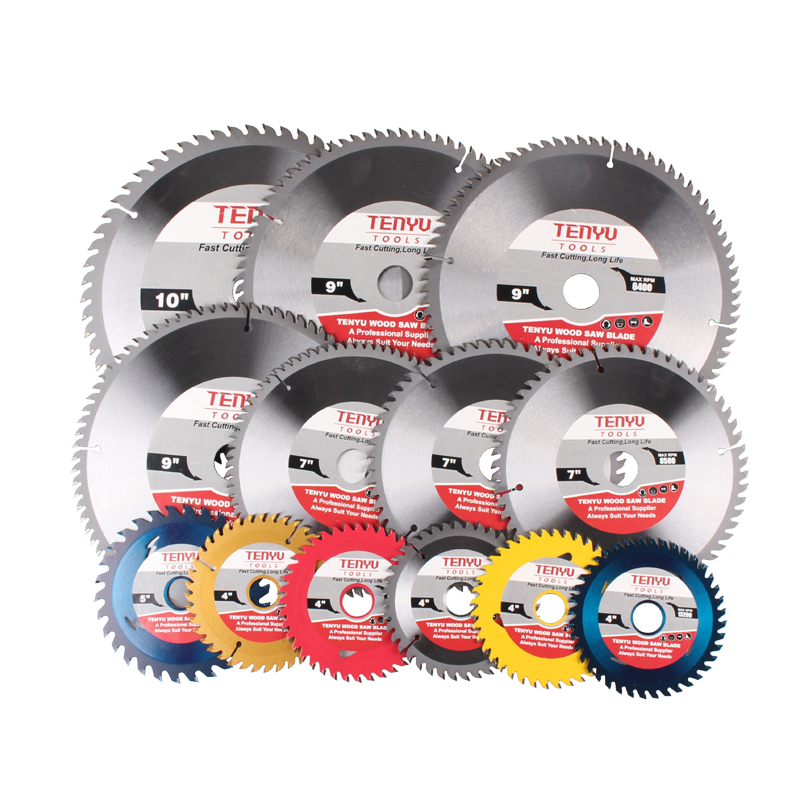
When buying a circular saw blade, there are several factors to consider, such as the material, teeth design, and size. Here’s a guide to help you choose the best circular saw blade for your needs.
Selecting the right circular saw blade requires understanding the material you’re cutting and the type of cut you want. The right blade will ensure clean cuts, save time, and extend the life of your saw.
Key Factors to Consider When Buying a Circular Saw Blade:
-
Blade Diameter3
The diameter of the blade determines the maximum cutting depth. Larger blades are used for cutting thicker materials, while smaller blades are best suited for precise, shallow cuts. -
Teeth Count
Blades with more teeth tend to produce smoother cuts, while blades with fewer teeth are better for faster, rougher cuts. Higher tooth count is usually recommended for wood, while lower teeth count works well for metal. -
Material of the Blade
Blades made from carbide or high-speed steel are more durable and provide sharper, longer-lasting cuts. Look for a blade material that matches the material you’re cutting. -
Blade Design
The shape of the teeth impacts the cut. For example, crosscut blades are designed to cut across the grain, while rip blades are for cutting along the grain. Choose accordingly based on your project. -
Type of Coating
Some blades come with anti-stick coatings that reduce friction and heat buildup. This is particularly useful for cutting materials like wood, which can cause friction and sap energy from the saw.
Understanding these factors will help you make an informed decision and pick the right blade for your circular saw. Whether you’re cutting wood, metal, or another material, choosing the correct blade will make a huge difference in the quality of your work.
What Is a Woodworking Circular Saw Blade?
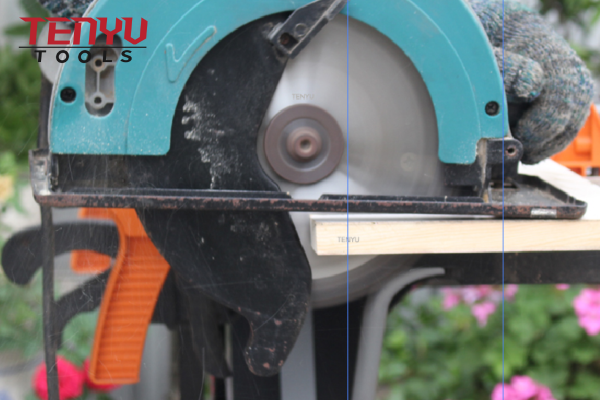
A woodworking circular saw blade is specifically designed for cutting wood and wood-based materials. These blades come in different types, each suited for different cutting tasks, and are essential for woodworkers seeking precision and smooth cuts.
Woodworking circular saw blades are designed with features that make them ideal for cutting wood. They usually have more teeth than blades for other materials, which helps create smoother cuts with minimal effort.
Types of Woodworking Circular Saw Blades:
-
Crosscut Blades4
Crosscut blades are designed for cutting across the grain of the wood. They have a high tooth count to minimize splintering and provide a smoother cut. These blades are perfect for making clean cuts in finished wood. -
Rip Blades
Rip blades have fewer teeth than crosscut blades and are designed to cut along the wood grain. These blades are ideal for cutting thick wood pieces quickly but can leave a rougher edge. -
Combination Blades
Combination blades have a balanced number of teeth that can handle both crosscut and rip cuts. They offer versatility, making them a popular choice for general woodworking. -
Dado Blades
Dado blades are used to cut wide grooves or slots into wood. These blades consist of two blades and spacers, which create a precise groove. They’re often used in cabinetry and joinery.
When selecting a woodworking circular saw blade, consider the type of wood you’re working with and the type of cut you need. High-quality blades will make a significant difference in the precision and quality of your work.
Conclusion
Understanding the difference between metal and wood saw blades is essential for choosing the right tool for your project. Whether you’re cutting metal or wood, using the correct blade ensures a cleaner cut, improved efficiency, and longer-lasting tools.
-
Carbide saw blades are highlighted as a key component for cutting metal efficiently, and understanding the properties of carbide is important. ↩
-
provide readers with more information about the characteristics of metal cutting tools and why they may not be suitable for wood. ↩
-
directly affects cutting depth, which is crucial for understanding how to select the right blade for the material being cut. ↩
-
This will help find authoritative sources that explain the function and advantages of crosscut blades. ↩

